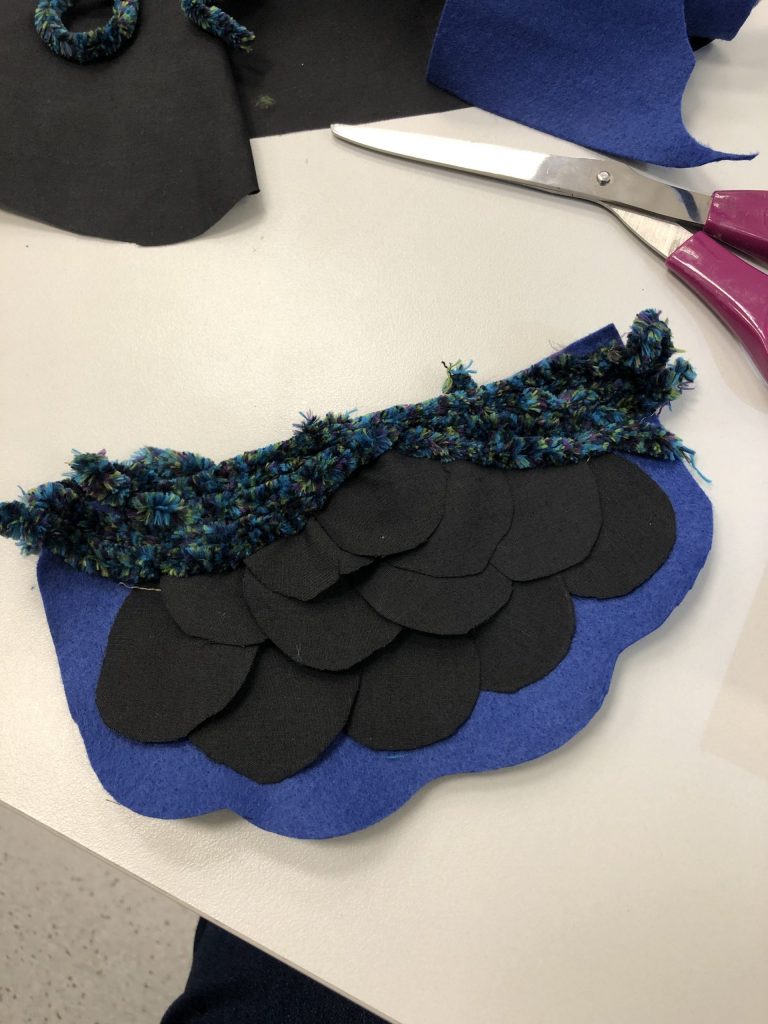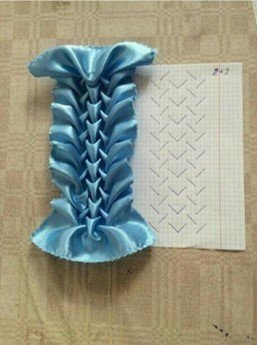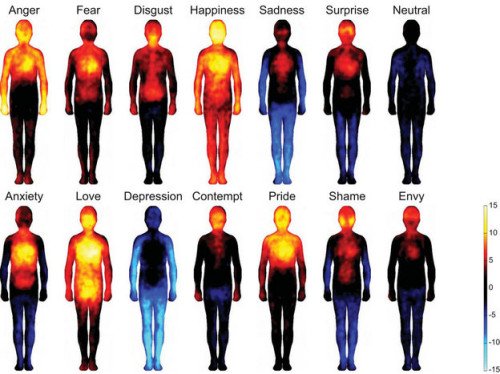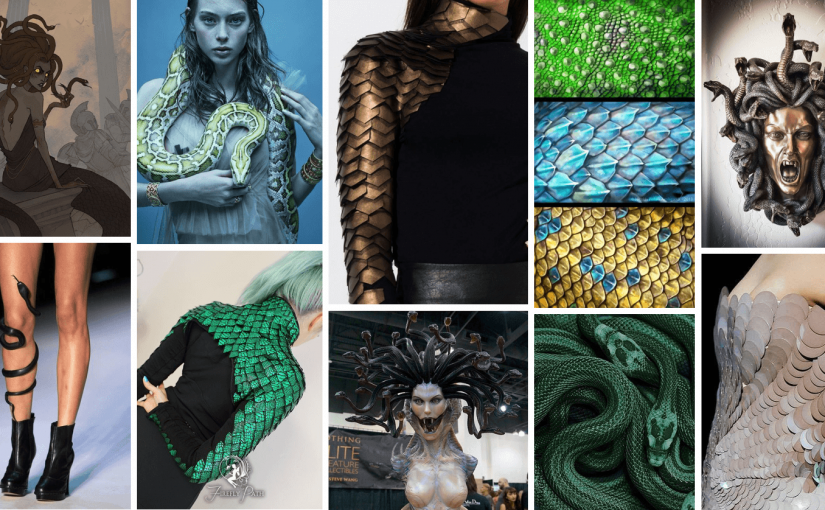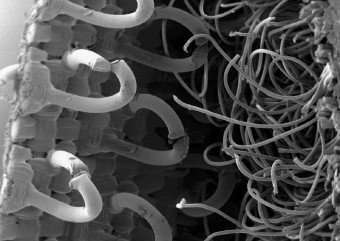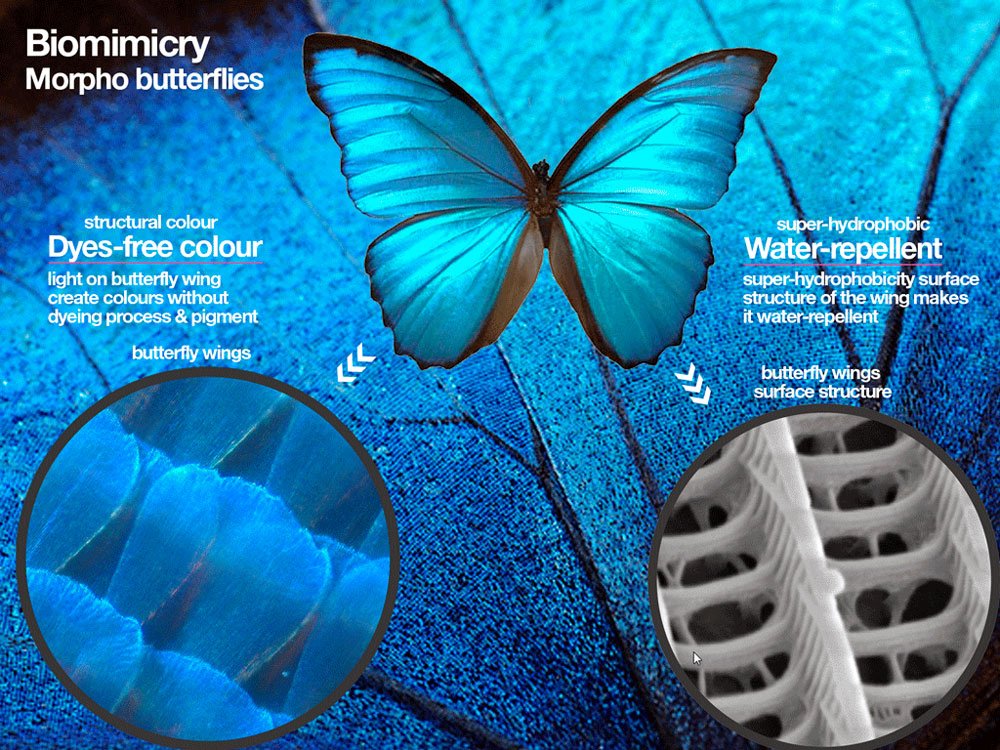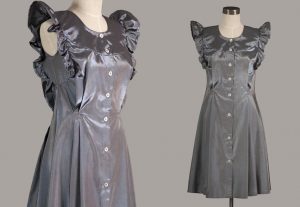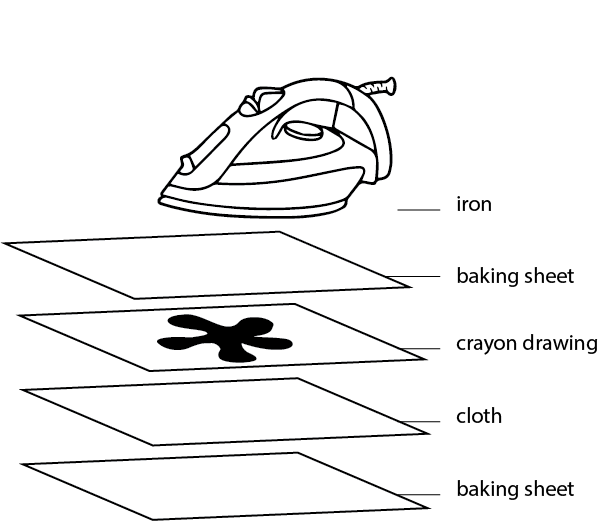We experimented with felting techniques using 2 methods; wet felting and needle felting.
Wet felting
Step 1: Fluff up the wool
Step 2: Combine different wools together and scrunch it up
Step 3: Add soap all over the wool in considerable amounts.
Step 4: Add hot water onto the wool
Step 5: Rub the wool together
Step 6: Let it dry
Voila, you have an unwoven material!
My mistake, when I heard that we were working with felting this week, I had assumed we were working with felt, so I bought felt instead of wool. Lo and behold, when I arrived in class and saw everyone holding onto balls of wool, I realised how stupid I was.
Luckily I had a yarn made of a small percentage of wool. And so, I used it to make my felt.
Honestly, I wasn’t too sure how much hot water and soap I had to apply to it, so I just went with whatever I felt was right. I may or may not have used too much soap.
So when I was rubbing the wool together, I wasn’t exactly sure whether it was working. I only noticed the outcome when the felt was dried.
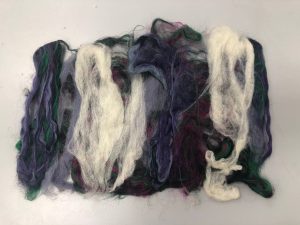
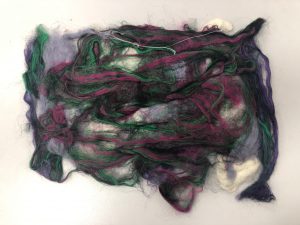
However, I realised that the layer was too thin, and there were still many holes that needed to be covered up. Thus, I repeated the wet felting process again and folded it into half, here was the result.
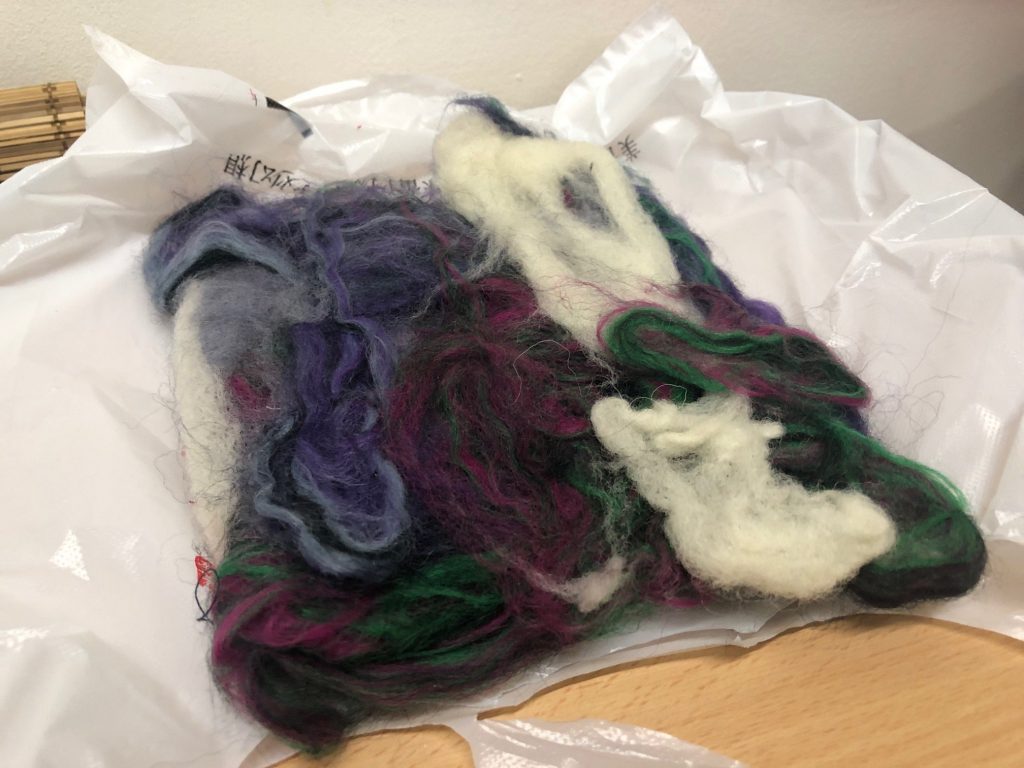
It did came out stiffer but it didn’t exactly turn out the way I wanted, I believe the primary reason could be because the yarn that I used wasn’t 100% wool and also I think I should have rubbed the wool harder the first time.
Nonetheless, I’ve learned the process, and hopefully, I’ll be able to create an improved version during the recess week.
Needle Felting
When I first started poking the wool, I was bewildered because I didn’t think I was doing anything. But I soon realise, needle felting is a long process that requires time and patience.
So the technique is pretty simple. Gather some yarns together and poke it with the needle. Essentially, the needle fuses the fibres together to make it stiff, hence why it takes so long.
I kept it simple and just made a ball since I have never done needle felting before. It was actually pretty therapeutic, just with the occasional accidental stabbing of my hand with the needle.
But to be very honest, needle felting has been my least favourite so far. Primarily because the technique involves knowing what you want to make. Just a simple scroll through Pinterest, you’ll see people enjoy making animal figurines with needle felting and that isn’t really my style. So it would be interesting to try and create something abstract or experimental with needle felting.
(My needle felted ball went missing before I could take a photo 🙁 )
Applique
